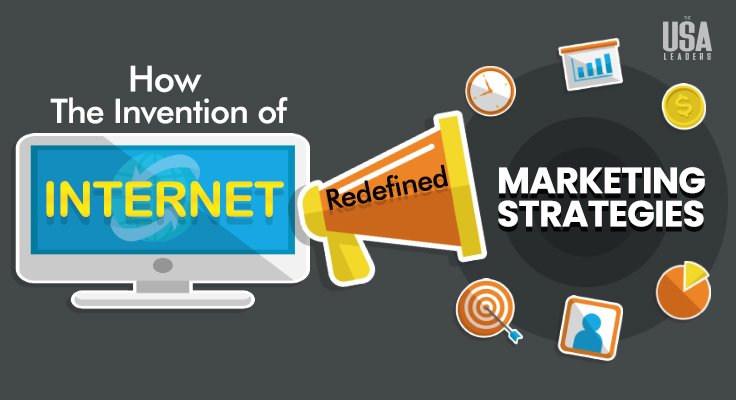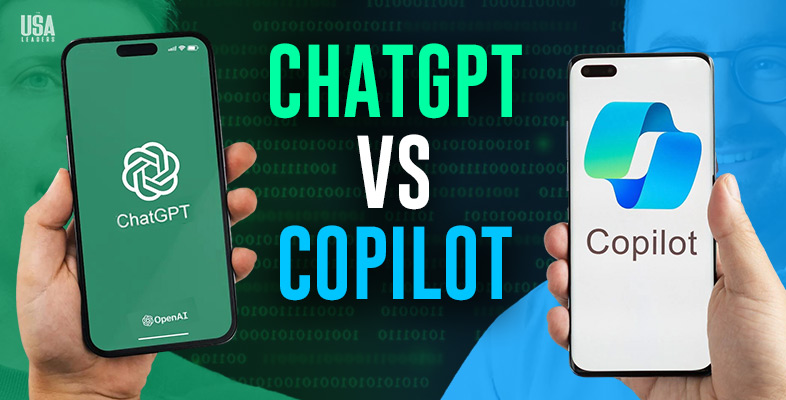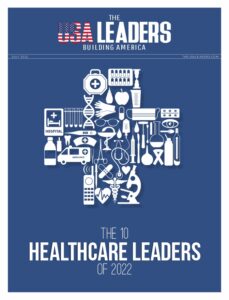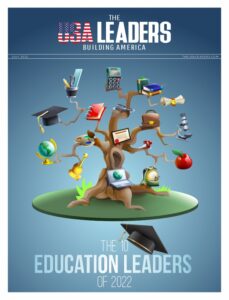Have you ever thought about marketing before the Internet? It used to involve advertising products through television, print media, billboards, phone calls, and sampling. However, a technological marvel arrived that fundamentally transformed the marketing landscape: the invention of the Internet. In this digital age, where information is just a click away, businesses initially struggled to reach their target audience. The Internet didn’t just tweak marketing; it revolutionized it, bringing about a complete 180-degree transformation. Today, we’ll explore how the Internet has reshaped marketing strategies. We’ll delve into the revolutions in content marketing and social media. Let’s get started!
Marketing Before the Internet
Before the internet became widely accessible, marketing posed a considerable challenge for businesses. They had to find ways to reach a broad audience for promoting their products, and not all companies had the financial means to invest in television advertising. Until the early 2000s, traditional advertising dominated the landscape, and marketing on television was seen as a luxury.As a result, businesses turned to print media to market their products, employing methods such as:
- TV Advertising: Initially, television was the primary means to reach a broad audience. Companies created commercials and broadcasted them on TV channels, but this approach was costly.
- Print Advertising: Print media, being more cost-effective, became a preferred choice. Businesses placed product ads in newspapers, utilized billboards, and advertised in magazines.
- Radio Advertising: Companies leveraged radio broadcasts for product and service promotion through jingles, announcements, and sponsored content.
- Direct Mail: This involved physically delivering promotional materials like flyers, brochures, and postcards to potential customers’ mailboxes.
- Outdoor Advertising: Employing billboards, posters, and signage in high-traffic areas to capture the attention of passersby became a common strategy.
- Sales Calls: Sales professionals engaged in cold calling to offer their products or services to individuals and businesses.
- Event Marketing: Businesses participated in trade shows, exhibitions, and events to showcase products and establish connections with potential clients.
- Word of Mouth: Encouraging satisfied customers to recommend products or services to friends, family, and acquaintances through personal referrals.
- Public Relations (PR): Building relationships with media outlets and using press releases to generate positive coverage and publicity.
- Retail Stores: Traditional brick-and-mortar retail stores allowed customers to make in-person purchases.
In this pre-internet era, marketing strategies relied heavily on these methods, and businesses had to adapt to reach their target audiences effectively.
How the Internet Changed Marketing
Target Audience Expansion: In the past, marketing was confined to TV and print, limiting the reach to a smaller audience. However, with the rise of the internet and social media, companies can now target a vast audience through digital campaigns. They can effortlessly reach billions of potential customers while sitting in one place. Print advertising is on a sharp decline, with newspaper print ad revenue expected to plummet from an anticipated $25.20 billion in 2012 to $5.3 billion by 2024.
Video Content: Instead of hefty TV ad costs, companies can freely upload content on platforms like YouTube. They can also place product ads on specific YouTube channels to generate revenue. Short videos effectively convey product USPs, and the more subscribers, the higher the earnings.
Website Advantages: Company websites facilitate direct communication with customers, enabling global marketing reach. Through cookies and demographic data segmentation, businesses can target specific audiences effectively. Website traffic, leads, and revenue can all be tracked.
Cost Reduction: The internet has made marketing cost-effective, significantly reducing expenses on writing, designing, editing, and printing. Everything and everyone is just a click away.
Marketing Speed: Marketing has become faster. Companies can promptly post ads on their websites or social media and receive quick customer responses. The delay in customer interaction is no longer an issue, allowing for customer retention and acquisition.
SEO Benefits: SEO enhances results, attracting organic visitors without ongoing advertising costs. It focuses on product-related keywords to draw high-quality traffic, instills trust, offers a competitive edge, provides measurable analytics, extends global reach, and adapts to trends.
How the Internet Changed Consumer Behaviour
Since the development of the internet, consumer behavior has undergone significant changes. These changes are as follows:
Research Before Purchase: Initially, consumers relied on word-of-mouth, TV ads, or instinct when buying a new product due to limited research options. Nowadays, consumers spend days researching products, visiting websites, reading reviews, comparing prices, and making informed decisions. According to a report, 81% of consumers seek product information online before making in-store purchases.
Word of Mouth: Digital word-of-mouth, often endorsed by influencers or celebrities, plays a pivotal role in product purchases. People trust celebrity endorsements when trying new products, boosting a brand’s online presence. Word-of-mouth significantly influences brand sales, with 49% of consumers depending on influencer recommendations.
Decreased Brand Loyalty: The Internet and digital marketing have reduced brand loyalty. Consumers prefer exploring various brands and making purchase decisions based on reviews and research. Maintaining customer loyalty is now challenging without a robust digital presence. Approximately 80% of companies use customer satisfaction scores to enhance the customer experience (Harvard Business Review).
Impatient Consumers: Today’s consumers demand quick results, including rapid access to information. Online reviews heavily influence their decisions. Digital marketing enables businesses to establish transparent relationships with customers, delivering personalized experiences and swift responses to inquiries.
Impulsive Buying: Internet marketing facilitates strategic product promotion, leading to impulsive purchases. Approximately 25% of consumers impulsively buy the latest products due to effective online marketing.
Personalized Shopping: Digital marketing empowers consumers to personalize their shopping experiences. Brands can create and modify digital content to enhance customer satisfaction and loyalty. Tailoring the shopping experience can significantly impact consumer behavior.
In summary, the advent of e-commerce and digital marketing has transformed consumer behavior, emphasizing research, word-of-mouth, and personalized experiences while reducing brand loyalty and increasing impulsive buying tendencies. These changes underscore the importance of a robust online presence for businesses.
Challenges Faced by Marketers After the Invention of Internet
Resource Shortage: Since the advent of the Internet, businesses often face limitations in both funding and marketing expertise, primarily due to tight budgets. The absence of quality content, suitable platforms, and effective analysis compounds these challenges.
Generation of Quality Leads: Client acquisition is fundamental to business growth, yet obtaining high-quality leads, especially for small and medium-sized businesses, remains costly and intricate.
Return on Investment: In an ideal scenario, marketing expenditure generates profits of $2,000-3,000 for small and medium businesses. However, online marketing complexities frequently result in overspending and unclear income sources.
Increased Customer Engagement: Marketers tend to prioritize lead acquisition at the expense of existing customers, missing potential sales and referrals. Addressing this issue involves staying current with marketing trends.
Effective Utilization of Tools and Technologies: The abundance of online marketing tools often leaves companies unsure about the most suitable options. Consequently, designing a well-considered marketing strategy is essential to maximize the utility of available media.
These challenges can be overcome through diligent market research, proficient use of digital tools, prudent financial planning, and the creation of high-quality content.
Future Trends in Marketing via the Internet
There are some future marketing trends to consider:
- Virtual and Augmented Reality: Advertising products using AR and VR is gaining popularity, improving user experiences, and boosting company performance.
- AI Integration: AI tools in marketing will enhance customer data analysis, leading to better targeting and automation of repetitive tasks. This can be achieved through AI chatbots and virtual assistants.
- Voice Search Optimization: Companies can optimize their product websites using voice search technology. Identifying key phrases commonly used by customers to purchase specific products can be highly beneficial.
- Personalization: Data-driven personalization is pivotal in digital marketing. Utilizing data and AI, tailored content and offers can be created. Analyzing customer data through machine learning aids in informed decision-making. Personalized email campaigns boost engagement and conversions, while recommendation engines suggest relevant content and offers based on customer behavior and preferences.
In conclusion, the invention of the internet has ushered in a new era for marketing strategies. It has fundamentally altered how businesses interact with customers, with a strong emphasis on digital interactions and data-driven decision-making. As we navigate this ever-evolving landscape, one thing remains abundantly clear: the internet’s invention continues to be central to marketing, driving innovation, and redefining success in the digital age. Embrace it, and you’ll uncover limitless possibilities.
ALSO READ: 10 Programming Languages to learn and to scale your skills





















